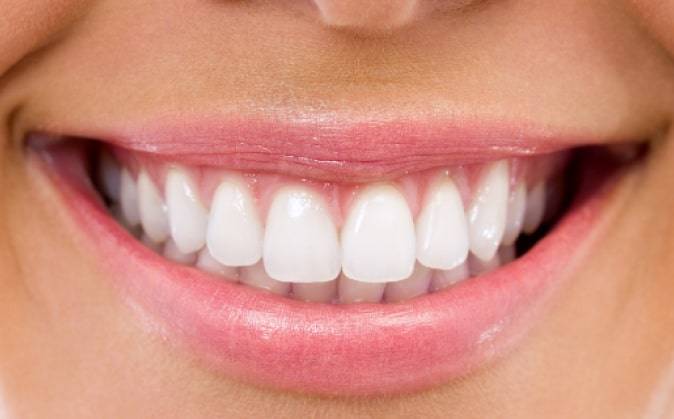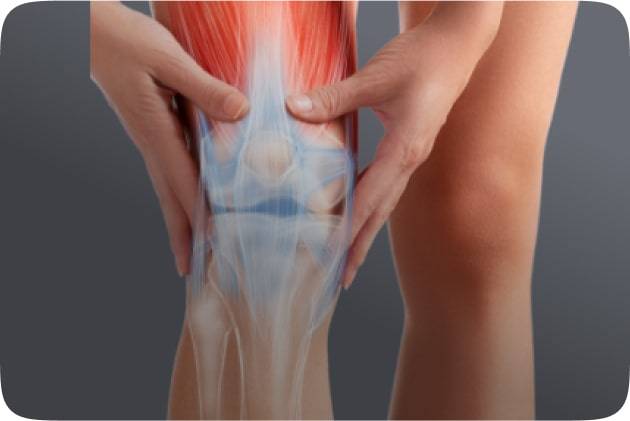Understanding Gum Bleeding While Brushing: Causes and Solutions
Have you ever noticed your gums bleeding while brushing your teeth? This common dental issue can be alarming and even a bit frightening, but it’s essential not to ignore it. Gum bleeding can be an early sign of gum disease or other oral health problems. In this blog post, we’ll explore the causes of gum bleeding while brushing and provide practical tips on how to prevent and treat this issue.
Common Causes of Gum Bleeding While Brushing
- Gingivitis: Gingivitis is the earliest stage of gum disease and is often the primary culprit behind gum bleeding. It occurs when plaque, a sticky film of bacteria, builds up on your teeth and irritates your gums. Symptoms of gingivitis include red, swollen gums that bleed easily when you brush or floss.
- Poor Oral Hygiene: Neglecting your oral hygiene routine, such as irregular brushing and infrequent flossing, can lead to the accumulation of plaque and, consequently, gum bleeding.
- Using a Hard-Bristled Toothbrush: Brushing your teeth with a toothbrush that has hard bristles or applying excessive pressure while brushing can damage your gums and lead to bleeding.
- Medications: Some medications, like blood thinners or certain antihypertensive drugs, can increase the likelihood of gum bleeding.
- Hormonal Changes: Hormonal fluctuations during pregnancy or menopause can make gums more sensitive and prone to bleeding.
- Medical Conditions: Certain medical conditions, such as diabetes and vitamin deficiencies, can affect gum health and lead to bleeding.
- Smoking: Smoking is a significant risk factor for gum disease, as it reduces blood flow to the gums and impairs the body’s ability to fight off infections.
How to Prevent Gum Bleeding While Brushing
- Maintain a Consistent Oral Hygiene Routine:
- Brush your teeth at least twice a day using a soft-bristled toothbrush.
- Use fluoride toothpaste to strengthen your teeth and gums.
- Floss daily to remove plaque and debris from between your teeth.
- Be Gentle While Brushing:
- Avoid using excessive force or a hard-bristled toothbrush.
- Use a gentle, circular motion when brushing instead of aggressive scrubbing.
- Choose the Right Toothbrush:
- Opt for a soft-bristled toothbrush that is gentle on your gums and teeth.
- Replace your toothbrush or toothbrush head every 3-4 months or sooner if the bristles are frayed.
- Maintain a Balanced Diet:
- Eat a diet rich in fruits, vegetables, and whole grains to provide essential nutrients for gum health.
- Limit sugary and acidic foods and beverages that can contribute to plaque buildup.
- Stay Hydrated:
- Drinking plenty of water helps maintain oral health by flushing away food particles and bacteria.
- Regular Dental Checkups:
- Visit your dentist for regular checkups and cleanings at least twice a year.
- Your dentist can detect early signs of gum disease and provide guidance on proper oral care.
- Quit Smoking:
- If you smoke, consider quitting to improve your gum health and overall well-being.
Gum bleeding while brushing is often a sign of an underlying dental issue, most commonly gingivitis. Ignoring it can lead to more severe problems, including advanced gum disease. Fortunately, with good oral hygiene practices, a balanced diet, and regular dental checkups, you can prevent and treat gum bleeding effectively. If you experience persistent gum bleeding or other oral health concerns, consult your dentist for personalized advice and treatment options. Remember, taking care of your gums is a crucial part of maintaining a healthy smile and overall well-being.










